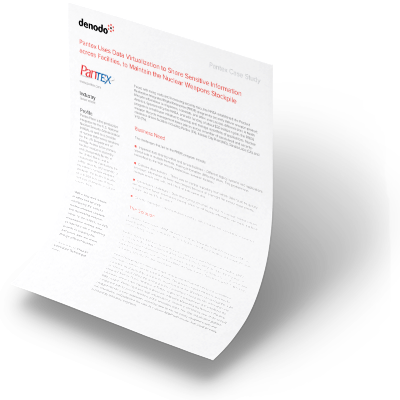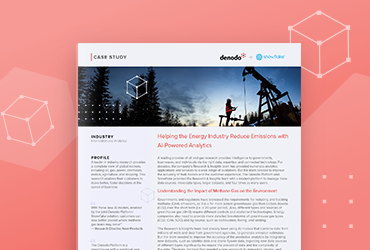How Pantex Used Data Virtualization to Share Sensitive Information Across Facilities to Maintain the Nuclear Weapons Stockpile
Faced with rising costs and increasing security risks, the NNSA established the Product Realization Integrated Digital Enterprise (PRIDE) program to securely deliver weapon product lifecycle information to engineers, scientists, and other users across different sites in North America. Sponsored by the NNSA, and with funding of about $30 million a year, the PRIDE program is a multi-year initiative to develop and manage a portfolio of applications. Nuclear weapon lifecycle management takes places across a number of specialized and securityclearance-driven facilities including Pantex (TX), Kansas City Plant (MO), Sandia Labs (CA), and Y-12 (TN).
To address these issues, NNSA planned to build an “Integrated Digital Environment (IDE)” to provide unified access to weapon lifecycle data across different facilities and enable the timely, secure sharing of data. Pantex migrated data and documents from a legacy Document Management System (DMS) to a Product Lifecycle Management (PLM) solution from PTC Windchill. After the migration of document-based information, Pantex leveraged Denodo data virtualization to set up virtual data marts for downstream users and to feed IBM Data Stage Extract Transform Load (ETL) processes for loading data into the data warehouse.
Download this case study to learn more about:
- How Pantex built an “Integrated Digital Environment (IDE)” to provide unified access to weapon lifecycle data across different facilities.
- How Pantex leveraged data virtualization to reduce training, licensing and maintenance costs.
- How Pantex reduced project cycle times.
- How they addressed their data governance challenges and reduced the risk.
- The ROI Pantex achieved on a one-time investment on data virtualization, they saved $600,000 in only three months of production.
For more information on how Pantex used the Denodo Platform, visit their customer page







